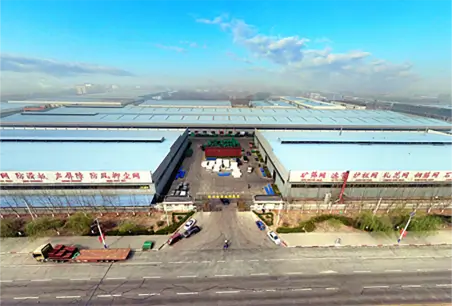Creating a Climbing Net A Guide to Design and Construction
When it comes to recreational activities, climbing is one of the most thrilling and physically demanding sports. However, ensuring safety during climbing sessions is paramount. One effective solution to enhance safety and facilitate climbing is the construction of a climbing net. In this article, we will explore key aspects involved in making a climbing net, from materials to design considerations.
Materials Selection
The first step in creating a climbing net is to select the appropriate materials. Typically, climbing nets are made from durable, high-strength synthetic fibers. Nylon and polypropylene are common choices due to their excellent resistance to UV rays, abrasion, and weather conditions. When choosing the material, it’s essential to consider the net’s intended use, whether for outdoor climbing, indoor climbing gyms, or children's play areas.
Design Considerations
The design of the climbing net is crucial for its effectiveness and safety. The size of the net should reflect the intended climbing area. For instance, a larger net may be necessary for outdoor climbing, while a compact design may suffice for an indoor environment. The mesh size is another important factor; it should be large enough to allow for easy hand and foot placement, yet small enough to prevent accidental falls.
In terms of structure, the climbing net can be either flat or shaped. A flat net can be used to cover large areas, providing a safe landing zone, whereas a shaped net may be designed to create climbing obstacles. Additionally, incorporating features like loops or knots can enhance grip and climbing experience.
making a climbing net

Construction Process
Constructing the climbing net involves cutting the chosen material to the desired dimensions. Once cut, the fibers can be woven together using a knotting technique or a more advanced method such as braiding. Each intersection should be secured to ensure durability and safety.
After assembling the net, it’s crucial to test its strength. This can be done by applying weight to different sections of the net to ensure it can withstand the forces exerted during climbing. It’s also wise to regularly inspect the net for signs of wear and tear, as maintenance is key to ensuring long-term safety.
Installation
Once the net is constructed and tested, it’s time for installation. Depending on the net’s design and intended use, the installation process may vary. For outdoor nets, ensuring secure anchoring is vital; using strong poles or attaching to existing structures can prevent accidents. For indoor climbing gyms, securing the net to walls or frameworks provides additional stability.
Conclusion
Building a climbing net can be an exciting project that adds both fun and safety to climbing experiences. By carefully selecting materials, considering design elements, and following a thorough construction process, enthusiasts can create a reliable climbing net that serves a variety of purposes—whether for serious climbers or recreational play. Remember, safety should always be the primary concern, so ongoing maintenance and inspections are essential to keep the climbing environment secure.
-
Why Galvanized Trench Cover Steel Grating Resists Corrosion
NewsJul.10,2025
-
The Versatility and Strength of Stainless Expanded Metal Mesh
NewsJul.10,2025
-
Load Calculations in Steel Grating Platforms
NewsJul.10,2025
-
Keeping Pets and Kids Safe with Chicken Wire Deck Railing
NewsJul.10,2025
-
Hole Diameter and Pitch for Round Perforated Metal Sheets
NewsJul.10,2025
-
Aluminium Diamond Mesh in Modern Architecture
NewsJul.10,2025
Subscribe now!
Stay up to date with the latest on Fry Steeland industry news.

